In modern conditions, heat-resistant varnish is used to protect wood products from fire. In addition, heat-resistant paint material is used to coat wood-based materials such as MDF, fiberboard, particleboard and so on. In addition to painting wooden products, fire-resistant varnish is used to protect surfaces made of metal, ceramic or brick. This paint coating provides not only protection, but also gives the surface a decorative appearance.
- The main characteristics of thermal protection coating
- Method of applying thermal protective varnish
- Preparatory stage
- The stage of applying varnish
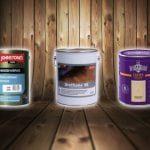
At the same time, the main purpose of heat-resistant varnish is to ensure the resistance of the coating to prolonged exposure to extreme temperatures. For example, a high-quality fire-retardant varnish can withstand temperatures from -40 to +250 degrees.
Also, this material gives the surface resistance to aggressive chemical compounds and water.In particular, refractory paints and varnishes are resistant to petroleum products, aggressive mineral components and saline solutions.
If the surface is coated with heat-resistant varnish, then it will receive not only reliable protection against fire, but also good aesthetic and bioprotective characteristics. Due to the application of such a coating, the duration of the operation of wood products increases, which can be more than ten years. In addition, the surface painted with heat-resistant varnish will receive reliable protection against the appearance of mold and wood mushrooms.
Heat-resistant paintwork material can be used in combination with alkyd or acrylic compositions. This combination helps to reduce the drying time and increases their resistance to harmful effects.
Today, manufacturers offer a wide range of heat-resistant varnishes. Therefore, the choice of this material should be treated with particular care in order to obtain a high-quality painted surface and not harm your health.
The main characteristics of thermal protection coating
Under the influence of high temperatures and flame, heat-resistant varnish provides the appearance of a special film forming a ceramic-like and heat-insulating coating of non-flammable foam coke.
In addition, under the influence of high temperature, this paint material emits non-combustible gaseous substances that prevent oxygen from reaching wood. Due to this, the wood coating will not ignite.
Main characteristics of refractory varnish:
- absolute fire safety;
- effective protection against fire of the 1st category;
- the formation of a protective vapor-permeable coating;
- preservation of the original color and texture of the surface;
- lack of poisonous smell and release of hazardous substances into the air;
- non-toxicity due to the water base;
- lack of organic nature in solvents.
Method of applying thermal protective varnish
Preparatory stage
Before applying fire retardant varnish, the composition should be thoroughly mixed until a mass of homogeneous consistency is formed. If necessary, the paintwork material can be filtered. When working with a thick composition, it can be slightly diluted with water. However, the proportion of water in the solution should not exceed 3%.
Next, you need to carefully prepare the surface before applying heat-protective varnish to it. The surface should be completely cleaned of particles of dust and dirt. If there are oil and bitumen stains on the coating, they must be eliminated. In addition, heat-resistant paintwork on the frozen surface of wood is strictly not recommended. Also, varnish should not be mixed with paints or solvents.
In the room in which it is supposed to apply heat-resistant paintwork, there should be sufficient air exchange.
If natural ventilation does not provide proper air exchange, then it is better to connect forced ventilation. When working with heat-resistant varnish, it is necessary to wear gloves made of rubber, as well as glasses and a respirator to protect the eyes and respiratory organs.
The stage of applying varnish
Heat-resistant wood varnish is recommended to be applied only to those surfaces that are not exposed to water or mechanical damage. Otherwise, the paintwork can be removed or destroyed, which will lead to a decrease in its protective and aesthetic properties.
Refractory paintwork can be applied with a brush, roller or spray. Although this is a colorless varnish, smudges, streaks or bubbles should be avoided when working with a brush or roller. Working with a pneumatic sprayer, you can avoid such problems. In this case, the paintwork will look like fog.
Thermal protective composition should be applied in two directions perpendicular to each other. Thanks to this crossing, it is possible to achieve uniform coverage of the entire area as a whole. To achieve uniform color when applied in parallel strips, it is necessary to ensure that the jet of the pneumatic spray passes from one strip to another.
If you need to process a laminated wood surface with heat-resistant varnish, then certain rules will have to be followed.
In particular, such a surface is not immediately completely covered, but only a small part of it. To do this, apply a thin layer to a specific area and make sure that the varnish does not spoil the coating and is evenly distributed. If everything suits you, then you just need to wait until this site has completely dried out and then process the rest of the area.
When you apply a colorless fire-resistant varnish, the first layer should be given a drying time of at least 8 hours. As for the rest of the layers, then it will take them about 5 hours to dry out. In this case, the ambient temperature should not be less than +20 degrees. If you want to get a sufficient level of fire protection corresponding to the 1st group, it is best to cover the surface in 3 or 4 layers.
In general, heat-resistant paint and varnish material provides reliable protection of any surfaces from fire and exposure to high temperatures. When applied correctly, this coating will not only ensure the surface's resistance to fire, but also give it a more aesthetic appearance.


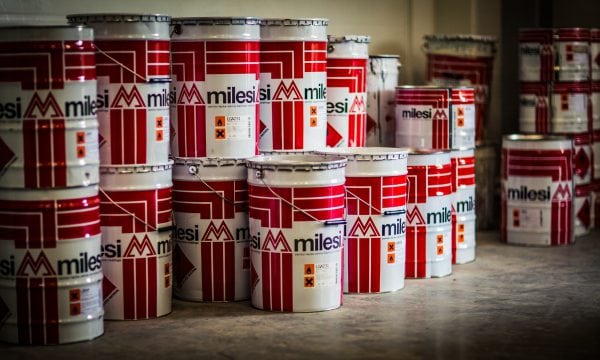
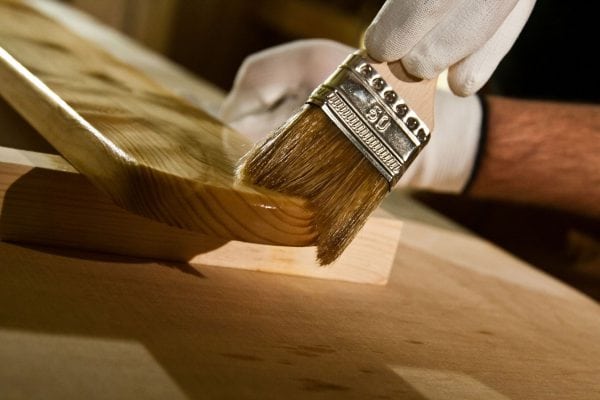
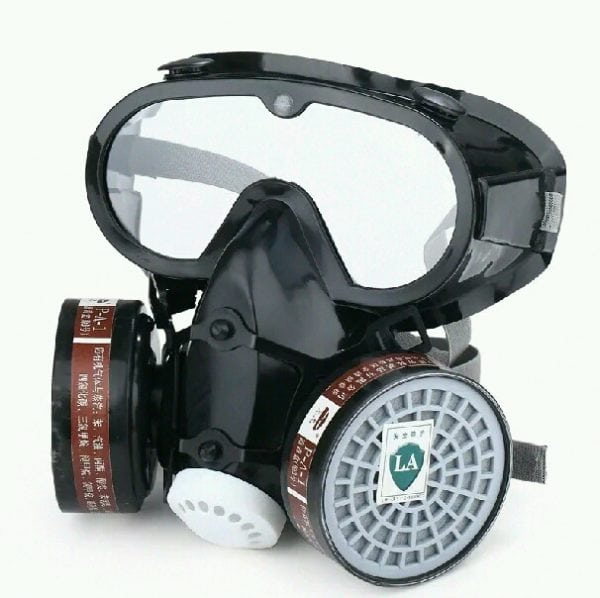



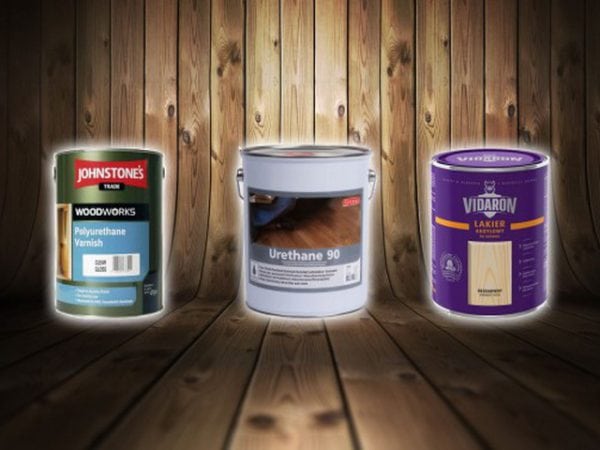

If water-based varnish does not smell, why wear a respirator? Misfire!